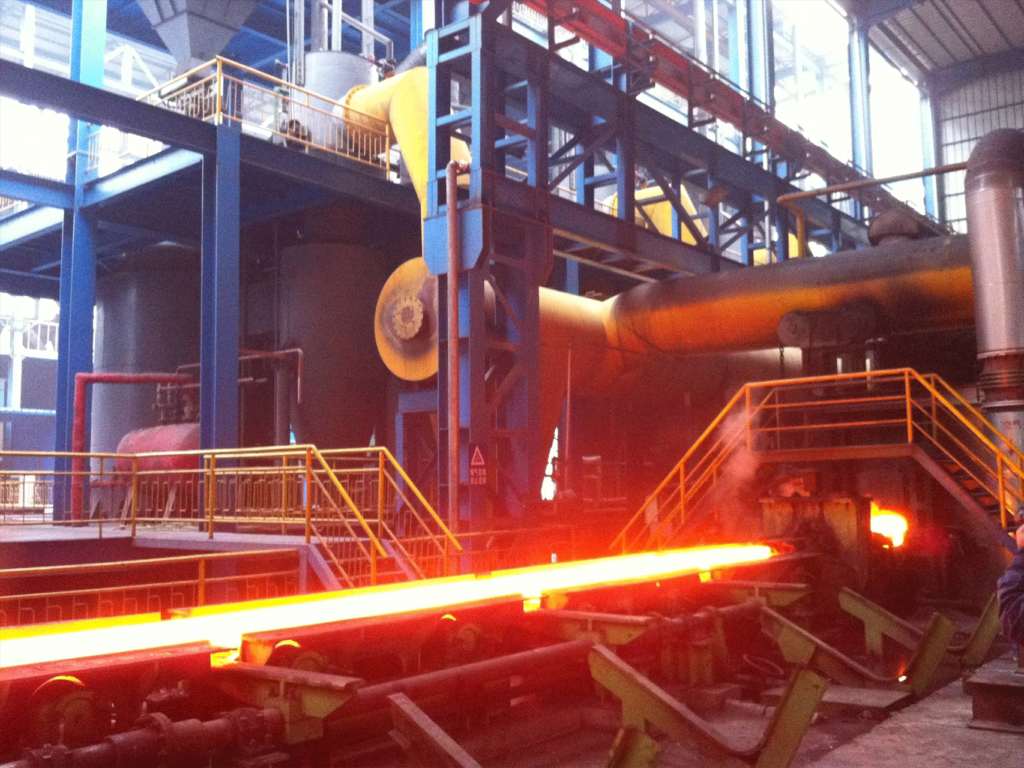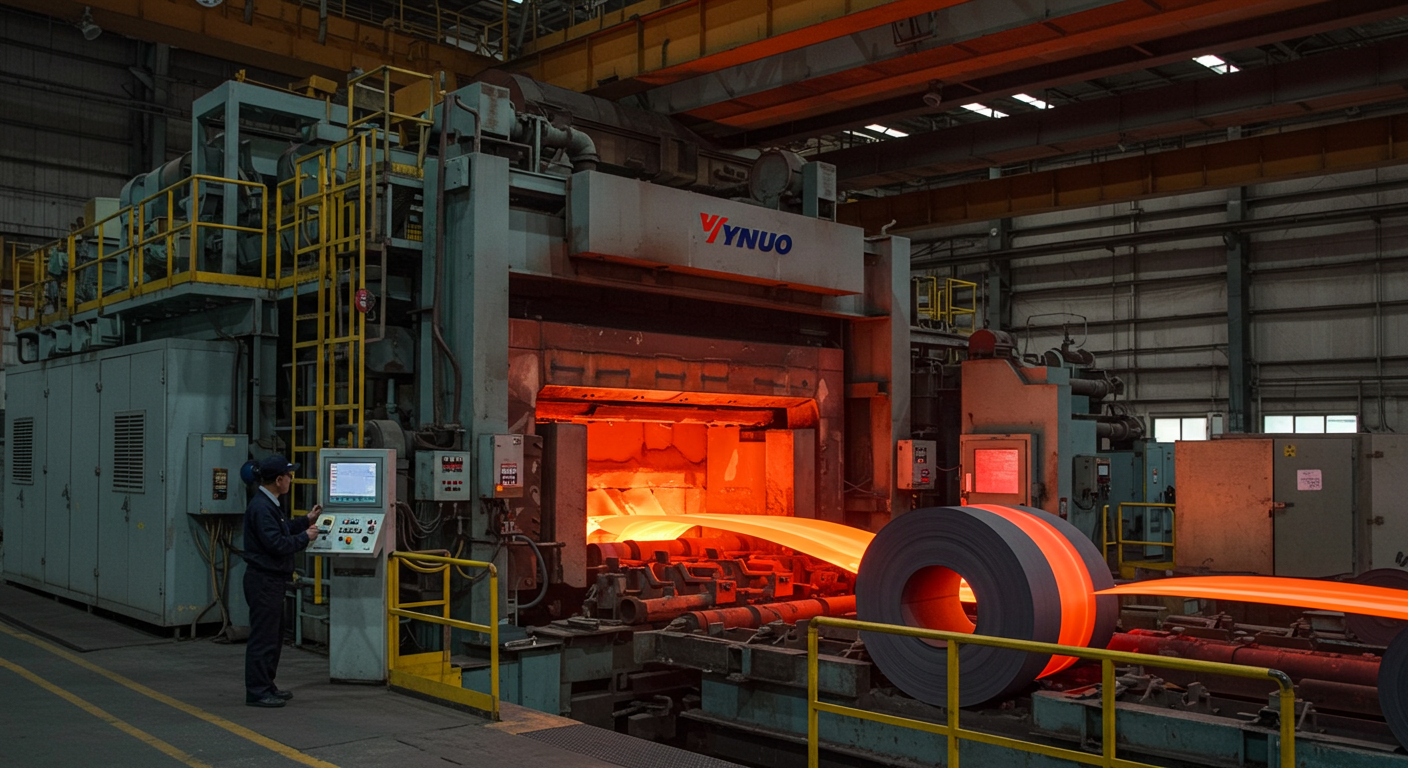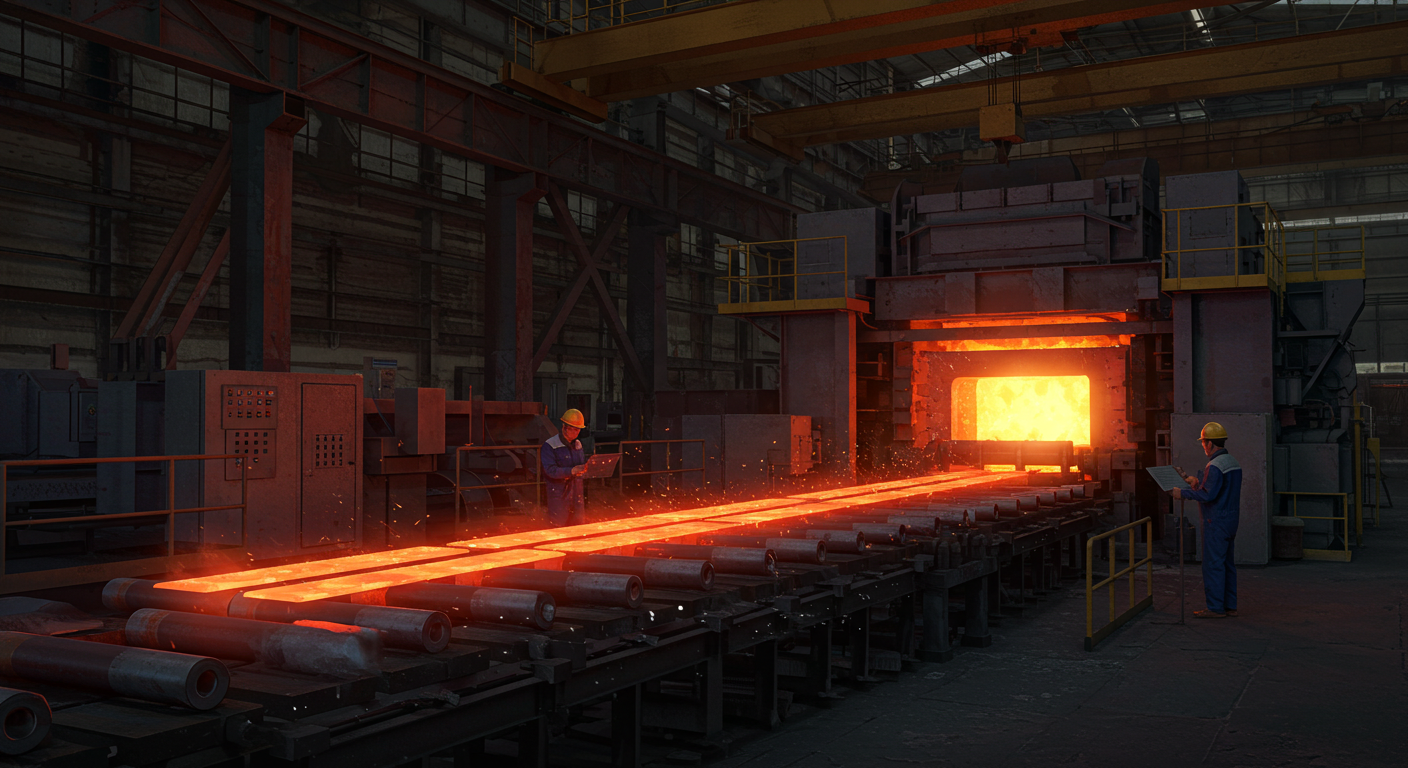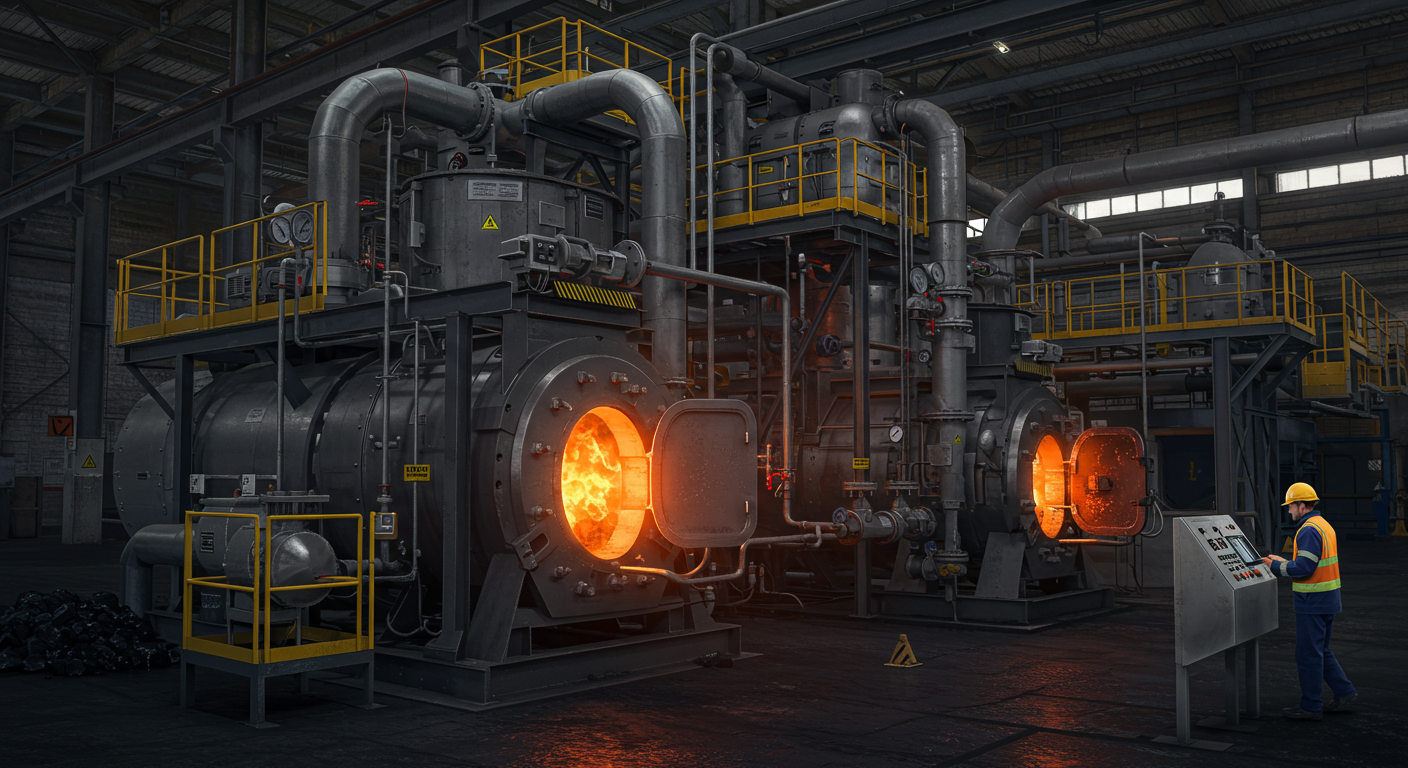The walking furnace is a pivotal piece of equipment in the world of metal manufacturing, playing a crucial role in the heat treatment process. It is a versatile and indispensable tool for industries such as automotive, aerospace, and steel manufacturing. This blog will delve into the various aspects of the walking furnace, from its types and components to its working process, applications, benefits, challenges, safety measures, and future developments.
Types of Walking Furnace
There are two primary types of walking furnaces: Continuous Walking Furnaces and Batch Walking Furnaces.
Continuous Walking Furnace: These furnaces operate continuously, ensuring a seamless flow of metal materials through the heating or cooling process. They are ideal for large-scale manufacturing where a constant production rate is essential.
Batch Walking Furnace: In contrast, batch walking furnaces process metal materials in predefined batches, pausing at specific intervals for treatment. This type is more suitable for smaller-scale operations that require a more controlled approach to heat treatment.
Components of a Walking Furnace
a. Conveyor System: The heart of a walking furnace is its conveyor system, responsible for moving materials through the furnace. Different types of conveyors, such as roller conveyors and mesh belts, are used depending on the specific application and material being processed.
b. Heating Elements: Walking furnaces employ various heating elements, including electric, gas, or induction heating systems. These elements play a pivotal role in achieving precise temperature control within the furnace, a critical factor in the heat treatment process.
c. Temperature Control: Temperature control is paramount in heat treatment. Walking furnaces use thermocouples and controllers to maintain and monitor temperature levels accurately, ensuring the desired metallurgical changes take place.
d. Insulation: Effective insulation is essential to minimize heat loss and improve energy efficiency. Proper insulation ensures that the walking furnace operates at its optimal performance level while conserving energy.
e. Atmosphere Control: Some walking furnaces can operate in controlled gas atmospheres to enable specific treatments, such as carburizing or nitriding. This feature allows for precise control over the material’s surface properties.
Walking Furnace: What Do You Know
1. Walking Furnace: Working Process
The working process of a walking furnace can be broken down into several key phases: heating, holding, and cooling. Materials are fed onto the conveyor system, gradually heated to the desired temperature, held at that temperature for the prescribed duration, and then gradually cooled to prevent rapid temperature changes that can affect the material’s properties.

2. Walking Furnace: Applications
Walking furnaces find applications across a wide range of industries. Automotive, aerospace, and steel manufacturing are just a few examples. They are used for processes like annealing, stress relieving, tempering, and more, ensuring the production of high-quality metal products.
3. Walking Furnace: Benefits
The advantages of using a walking furnace are substantial. These include uniform heating, reduced energy consumption, precise temperature control, and the ability to process large quantities of materials consistently.
4. Walking Furnace: Challenges
Despite their many benefits, walking furnaces also present challenges. They require regular maintenance, and skilled operators to manage temperature control, and initial setup costs can be substantial.
5. Walking Furnace: Safety Measures
Safety is paramount when operating a walking furnace. Proper ventilation, safety interlocks, and adherence to safety protocols are crucial to protect both operators and the equipment itself.
6. Walking Furnace: Future Developments
In the future, we can expect further advancements in walking furnace technology. Automation and remote monitoring are likely to become more prevalent, enhancing efficiency and precision in metal manufacturing.
The Crucial Role of Furnaces in Metal Industries
From the towering blast furnaces of steel mills to the precise heat treatment ovens used in aerospace manufacturing, furnaces are indispensable in the production of metal products. Different industries rely on specific types of furnaces tailored to their unique needs. Here, we explore how furnaces are utilized in some prominent metal industries:
1. Steel Industry
The steel industry is synonymous with massive, high-temperature furnaces. Blast furnaces, electric arc furnaces, and walking furnaces are all utilized in steel manufacturing. These furnaces are responsible for melting iron and steel, alloying them, and shaping them into various forms, from structural beams to automobile parts.
2. Aluminum Industry
In the aluminum industry, specialized furnaces are employed to melt aluminum and shape it into diverse products, including sheets, extrusions, and castings. Furnaces in this sector need to maintain precise temperature control to ensure the quality and integrity of the final aluminum products.
3. Copper Industry
Copper smelting and refining processes also heavily rely on furnaces. Furnaces are crucial for melting and purifying copper, transforming raw ore into high-purity copper cathodes that are used in electrical wiring and various industrial applications.
4. Foundries
Foundries are versatile manufacturing units that produce a wide range of metal products, such as automotive parts, machinery components, and decorative items. They employ various types of furnaces and casting techniques to mold and shape metals according to their client’s specifications.
5. Heat Treatment Industry
Industries involved in heat treatment processes, like hardening, tempering, and annealing, use furnaces and ovens to achieve specific material properties. These processes are essential in enhancing the strength, durability, and overall performance of metals.
Walking Furnace Manufacturer Yinuo: Meet Various Industry Needs
Among the various furnace types utilized in metal industries, the walking furnace has gained prominence for its efficiency and versatility. Walking furnaces are conveyor-based systems that continuously move metal products through the heating and cooling zones. This design ensures consistent and uniform heating, reducing processing times and energy consumption.
One notable manufacturer of walking furnaces is Jiangsu YiNuo Thermal Energy Technology Co., Ltd. This Chinese company has made significant strides in the field of thermal energy technology and furnace manufacturing. They specialize in designing and producing walking furnaces tailored to the specific needs of their clients in various industries.
JiangSu YiNuo’s walking furnaces offer advanced features such as precise temperature control, energy-efficient designs, and automated systems for seamless operation. These features not only improve the quality of the end product but also contribute to cost savings and environmental sustainability.
Conclusion
A walking furnace is an indispensable tool in the world of metal manufacturing. Its ability to provide precise heat treatment processes ensures the production of high-quality metal products across various industries. As technology continues to advance, walking furnaces will play an increasingly vital role in shaping the future of metal manufacturing.







